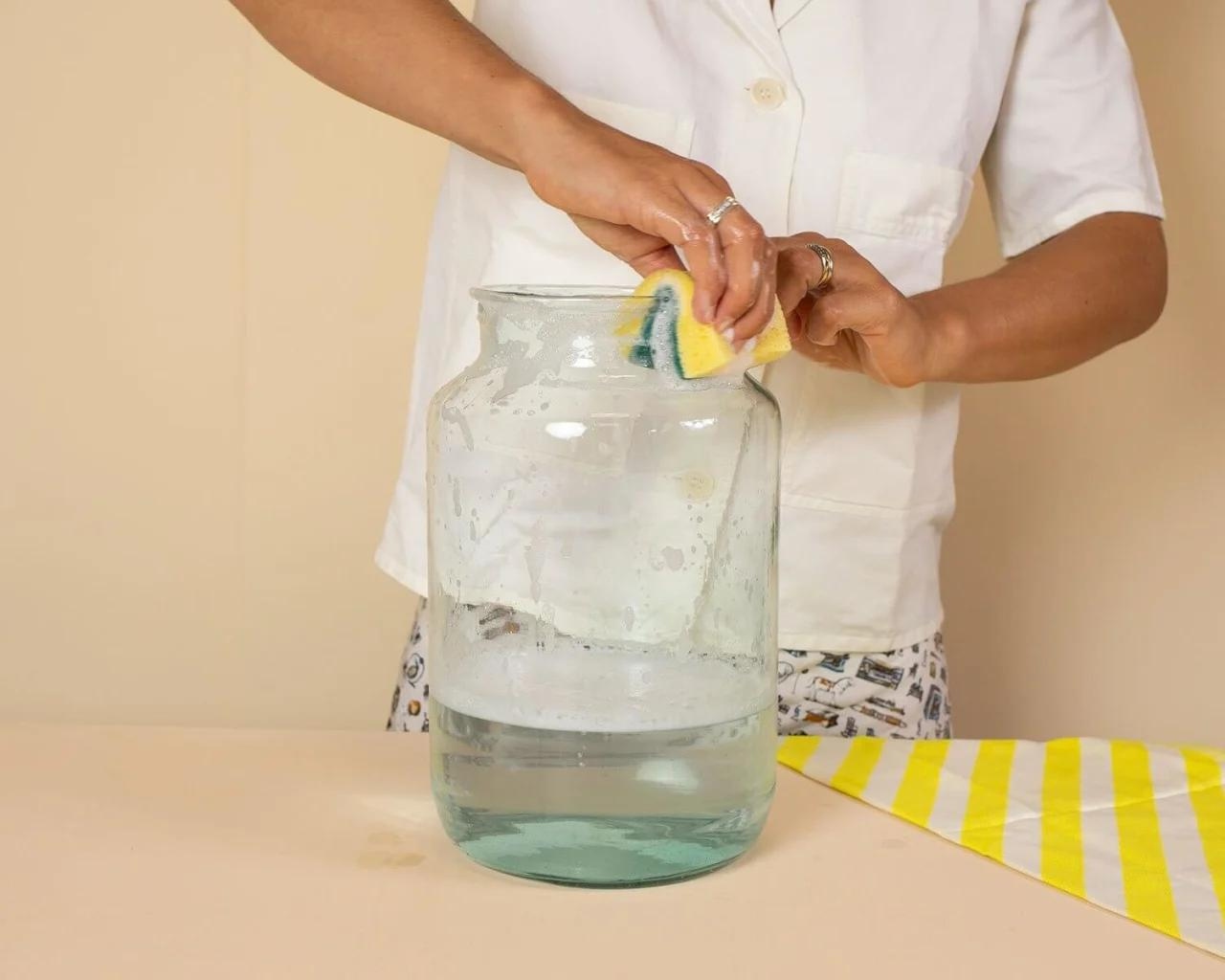

Articles
How To Clean Cloudy Glass Vases
Modified: February 7, 2024
Discover effective methods and tips in our articles on how to clean cloudy glass vases. Keep your vases crystal clear and shiny with our expert advice.
(Many of the links in this article redirect to a specific reviewed product. Your purchase of these products through affiliate links helps to generate commission for Storables.com, at no extra cost. Learn more)
Introduction
Glass vases are a beautiful and versatile addition to any home decor. They can be filled with flowers, used as centerpieces, or simply displayed as decorative pieces. However, over time, glass vases can become cloudy and lose their original clarity, which can diminish their aesthetic appeal. Fortunately, there are various methods to restore the sparkle and shine to cloudy glass vases.
In this article, we will explore the causes of cloudy glass vases and provide step-by-step instructions on how to clean them effectively. Whether you have a vintage glass vase or a modern glass sculpture, implementing these cleaning techniques will help you bring back the pristine condition of your glass vases.
Before we dive into the cleaning methods, let’s first understand why glass vases become cloudy in the first place. There are several common causes:
Key Takeaways:
- Restore the sparkle to your cloudy glass vases by understanding the causes of cloudiness and implementing effective cleaning methods such as vinegar soak, baking soda paste, and lemon juice scrub.
- Keep your glass vases clear and beautiful by following prevention tips, including regular cleaning, proper storage, and avoiding harsh chemicals. With care and maintenance, your vases will continue to brighten your home decor.
Read more: How To Clean Cloudy Glass
Understanding Cloudy Glass Vases
Cloudy glass vases can be a frustrating sight, especially when you’ve invested in beautiful pieces to enhance your home decor. Understanding why glass vases become cloudy can help you prevent this issue in the future.
One of the primary reasons for cloudy glass vases is a buildup of mineral deposits. When water evaporates or is left sitting in the vase for an extended period, minerals like calcium and magnesium can accumulate on the glass surface. These deposits create a hazy or cloudy appearance, diminishing the transparency of the glass.
Another common cause of cloudiness is residue from flowers or plant matter. When vases are used to hold cut flowers, pollen, sap, and other organic compounds can stick to the inner surface of the glass, causing a cloudy film to form over time.
In some cases, improper cleaning techniques can also contribute to cloudiness. Harsh chemicals, abrasive scrubbing brushes, or even using the wrong type of cleaning agent for glass can leave behind unwanted residue that makes the vase look cloudy.
It’s essential to identify the cause of cloudiness in your glass vase as it can determine the most effective cleaning method. By addressing the root cause, you can prevent further cloudiness and keep your glass vases looking clear and beautiful.
Now that you have a better understanding of why glass vases become cloudy, let’s move on to preparing the cleaning solution.
Common Causes of Cloudiness
Cloudiness in glass vases can be caused by various factors. Identifying the specific cause can help you choose the most appropriate cleaning method. Here are some common causes of cloudiness in glass vases:
- Mineral Deposits: When water evaporates or is left stagnant in a glass vase, minerals from the water can build up on the surface, causing a cloudy appearance. Hard water, which contains high levels of calcium and magnesium, is especially prone to causing mineral deposits.
- Film from Flower and Plant Residue: When glass vases are used to display flowers or plants, pollen, sap, and other organic compounds can accumulate on the surface, forming a filmy layer. This residue can create a cloudy appearance over time.
- Improper Cleaning Techniques: Using harsh chemicals or abrasive materials to clean glass vases can leave behind residue that makes the glass appear cloudy. It’s important to use gentle cleaning methods specifically designed for glass.
- Hard Water Stains: Hard water stains are caused by the buildup of minerals on the surface of the glass. These stains can make the glass look cloudy and affect its transparency. Regular exposure to hard water can result in stubborn stains that require specialized cleaning techniques.
- Uncleaned Soap Residue: If glass vases are washed with soap but not rinsed thoroughly, soap residue can accumulate on the surface and give a cloudy appearance. It’s crucial to rinse vases thoroughly with clean water after washing them with soap.
By understanding the common causes of cloudiness in glass vases, you can effectively address the issue and restore the clarity of your vases. Now, let’s move on to preparing the cleaning solution.
Preparing the Cleaning Solution
Before you begin cleaning your cloudy glass vases, it’s essential to prepare the right cleaning solution. The type of cleaning solution you use will depend on the cause of cloudiness and the materials you have available. Here are a few effective cleaning solutions you can easily prepare at home:
- Vinegar Solution: Vinegar is known for its cleaning properties and is effective in removing mineral deposits from glass surfaces. To prepare a vinegar solution, mix equal parts white vinegar and water in a bowl or bucket. This solution is ideal for tackling cloudy glass vases caused by mineral buildup.
- Baking Soda Paste: Baking soda is another powerful natural cleaner that can help remove tough stains and residue. Mix a small amount of baking soda with water to create a paste. Apply the paste to the cloudy areas of the vase and let it sit for a few minutes before rinsing off with water.
- Lemon Juice and Salt: The acidic properties of lemon juice combined with the abrasive nature of salt can effectively remove residue and stains from glass vases. Squeeze fresh lemon juice into a bowl and add a teaspoon of salt. Mix well and apply the mixture to the cloudy areas, gently scrubbing with a soft cloth or sponge.
- Denture Tablets Solution: Denture tablets are a surprisingly effective option for cleaning cloudy glass vases. Fill the vase with warm water and drop in one or two denture tablets. Let the tablets dissolve and soak for a few hours or overnight. Rinse the vase thoroughly with water before use.
- Hydrogen Peroxide and Water: For stubborn stains or mineral deposits, hydrogen peroxide can be an effective cleaning agent. Mix equal parts hydrogen peroxide and water in a bowl or spray bottle. Apply the solution to the cloudy areas and let it sit for a few minutes before rinsing with water.
Choose the cleaning solution that best suits the type of cloudiness in your glass vase. Remember to always test the solution on a small, inconspicuous area of the vase before applying it to the entire surface. This will ensure that it doesn’t cause any damage or reaction to the glass.
Now that you have your cleaning solution prepared, it’s time to explore different methods to clean your cloudy glass vases. We will cover a variety of methods to cater to different levels of cloudiness and materials in the following sections.
Cleaning Methods for Cloudy Glass Vases
Cleaning cloudy glass vases requires different techniques depending on the severity of the cloudiness and the material of the vase. Here are six effective methods to restore the clarity and shine of your glass vases:
- Method 1: Vinegar Soak
This method is ideal for vases with mineral deposits. Fill the cloudy vase with equal parts white vinegar and water. Allow it to soak for a few hours or overnight. After soaking, scrub the vase gently with a soft brush or cloth, focusing on the cloudy areas. Rinse thoroughly with water. - Method 2: Baking Soda Paste
For vases with stubborn stains or residue, create a paste by mixing baking soda with water. Apply the paste to the cloudy areas of the vase and let it sit for 15-20 minutes. Gently scrub the vase with a soft brush or cloth. Rinse thoroughly with water to remove any residue. - Method 3: Lemon Juice and Salt Scrub
This method is effective for vases with organic residue or light cloudiness. Squeeze fresh lemon juice into a bowl and add a teaspoon of salt. Mix well to make a scrubbing mixture. Rub the mixture onto the cloudy areas using a soft cloth or sponge, applying gentle pressure. Rinse thoroughly with water. - Method 4: Denture Tablets Solution
This method is especially useful for older or intricately designed glass vases. Fill the vase with warm water and drop one or two denture tablets into it. Let the tablets dissolve and soak for a few hours or overnight. Rinse the vase thoroughly with water to remove any residue. - Method 5: Hydrogen Peroxide and Water Rinse
This method is recommended for vases with tough stains or heavy mineral buildup. Mix equal parts hydrogen peroxide and water in a bowl or spray bottle. Apply the solution to the cloudy areas and let it sit for a few minutes. Rinse the vase thoroughly with water to remove any remaining residue. - Method 6: Commercial Glass Cleaner
If the previous methods do not yield the desired results, you can try using a commercial glass cleaner specifically designed for removing stains and cloudiness. Follow the instructions provided on the cleaner’s packaging, and rinse the vase thoroughly after cleaning.
Remember to handle glass vases with care and avoid using abrasive materials that can scratch the surface. Choose the method that best suits the type and severity of cloudiness in your vase.
Now that your glass vase is clean and clear, it’s important to take proper measures to prevent future cloudiness.
Read more: How To Clean A Cloudy Glass Cooktop
Method 1: Vinegar Soak
The Vinegar Soak method is an effective way to remove mineral deposits and restore the clarity of your glass vase. Here’s a step-by-step guide on how to use this method:
- Prepare the vinegar solution by mixing equal parts white vinegar and water in a bowl or bucket. The amount needed will depend on the size of your vase, but aim to have enough solution to completely cover the cloudy areas.
- Remove any flowers, decorations, or water from the vase before beginning the cleaning process. Empty and rinse the vase with warm water.
- Place the glass vase in the vinegar solution, ensuring that the cloudy areas are fully submerged. Let it soak for a few hours or overnight. The vinegar will help dissolve the mineral deposits and break down the cloudiness.
- After soaking, gently scrub the vase using a soft brush or cloth, paying particular attention to the cloudy areas. The mineral deposits should start to loosen and come off easily.
- Rinse the vase thoroughly with clean water to remove any residue or vinegar smell.
- Dry the vase with a clean, lint-free cloth to prevent water spots or streaks from forming.
- Once the vase is completely dry, check for any remaining cloudiness. If necessary, repeat the process or try a different cleaning method to achieve the desired results.
The Vinegar Soak method is particularly effective for glass vases with mineral deposits, which often cause the glass to appear cloudy. Vinegar’s acidic properties help break down and dissolve the mineral buildup, restoring the vase’s clarity.
Remember to handle the vase with care during the cleaning process, as glass can be fragile. Avoid using abrasive brushes or scrubbers that could scratch the surface. It’s always a good idea to test the vinegar solution on a small, inconspicuous area of the vase first to ensure that it doesn’t cause any adverse reactions or damage to the glass.
By following these steps and using the Vinegar Soak method, you can effectively remove mineral deposits and bring back the sparkle to your cloudy glass vase.
Method 2: Baking Soda PasteThe Baking Soda Paste method is a simple and effective way to remove tough stains and residue from your glass vase. Here’s a step-by-step guide on how to use this method:
- In a small bowl, mix a small amount of baking soda with water to create a thick paste. The amount needed will depend on the size of your vase, but start with a tablespoon of baking soda and add water gradually until you achieve a paste-like consistency.
- Ensure that the vase is empty and rinsed with warm water before applying the baking soda paste.
- Apply the baking soda paste directly to the cloudy areas of the glass vase. Using a soft cloth or sponge, gently rub the paste onto the surface, focusing on the stains or cloudy spots. Allow the paste to sit on the glass for 15 to 20 minutes.
- After the paste has had time to work on the stains, rinse the vase with warm water. Use your fingertips or a soft brush to remove any residual paste, ensuring that all of the baking soda is thoroughly rinsed away.
- Inspect the vase to see if any cloudiness or stains remain. If necessary, repeat the process, applying another layer of baking soda paste and giving it more time to work before rinsing again.
- Once the vase is free of cloudiness and stains, dry it with a clean, lint-free cloth to prevent water spots from forming.
- Check the vase from different angles and in different lighting to ensure that all cloudiness has been successfully removed. If necessary, try alternative cleaning methods for stubborn stains or residue.
The Baking Soda Paste method is great for tackling tough stains and residue that can make a glass vase appear cloudy. Baking soda’s abrasiveness helps to scrub away the stains while being gentle enough not to damage the glass surface.
Remember to avoid using abrasive scrubbers or brushes that could scratch the glass. It’s always a good idea to test the baking soda paste on a small, inconspicuous area of the vase first to ensure that it does not react negatively with the glass or any finishes.
By following these steps and using the Baking Soda Paste method, you can effectively restore the clarity and shine to your cloudy glass vase.
To clean cloudy glass vases, mix equal parts white vinegar and water, then pour the solution into the vase and let it sit for a few hours. After soaking, scrub the inside with a bottle brush and rinse thoroughly with warm water.
Method 3: Lemon Juice and Salt Scrub
The Lemon Juice and Salt Scrub method is an effective way to remove organic residue and light cloudiness from your glass vase. Here’s a step-by-step guide on how to use this method:
- Squeeze fresh lemon juice into a bowl and add a teaspoon of salt. Mix the ingredients together to form a scrubbing mixture. The acidity of the lemon juice combined with the abrasive texture of salt will help break down residue and restore clarity to the glass.
- Ensure that your glass vase is empty and rinsed with warm water before starting the cleaning process.
- Dip a soft cloth or sponge into the lemon juice and salt mixture, ensuring that it is well-coated but not dripping excessively.
- Gently scrub the cloudy areas of the glass vase using circular motions. Apply light pressure and focus on the spots with residue or cloudiness. The acid in the lemon juice and the granules of salt will work together to remove the buildup.
- Rinse the vase thoroughly with warm water to remove any leftover lemon juice or salt mixture. Inspect the vase to check if the cloudiness has been effectively removed. If some residue remains, repeat the process, applying more of the lemon juice and salt mixture to the affected areas.
- Once you are satisfied with the results, rinse the vase one final time with clean water to ensure that no residue or lemon scent remains.
- Use a clean, lint-free cloth to dry the vase, ensuring that no water spots or streaks are left behind.
The Lemon Juice and Salt Scrub method is particularly effective for removing organic residue and light cloudiness that can give your glass vase a dull appearance. The natural acidity of the lemon juice helps break down the residue, while the salt provides gentle abrasion for effective scrubbing.
Remember to test the lemon juice and salt mixture on a small, inconspicuous area of the vase first to ensure that it does not cause any adverse reactions or damage to the glass or any sensitive finishes.
By following these steps and using the Lemon Juice and Salt Scrub method, you can successfully restore the clarity and beauty of your glass vase.
Method 4: Denture Tablets Solution
The Denture Tablets Solution method is a surprisingly effective way to clean and restore cloudy glass vases, especially for older or intricately designed pieces. Here’s a step-by-step guide on how to use this method:
- Fill the cloudy glass vase with warm water, ensuring that it is enough to cover the entire cloudy area.
- Drop one or two denture tablets into the water-filled vase. The effervescent properties of the tablets will help break down stains and residue.
- Allow the denture tablets to dissolve completely in the water. Let the vase sit for a few hours or overnight, allowing the solution to penetrate the cloudiness and work its magic.
- After the soaking period, carefully pour out the solution and rinse the vase thoroughly with warm water to remove any residue.
- Inspect the vase to determine if any cloudiness or stains remain. If needed, gently scrub the problematic areas with a soft cloth or sponge to further remove any remaining residue.
- Rinse the vase once again with clean water to ensure that all traces of the denture tablet solution are removed.
- Using a clean, lint-free cloth, carefully dry the vase to prevent any water spots or streaks from forming on the glass surface.
The Denture Tablets Solution method is highly effective for cleaning cloudy glass vases, particularly those with intricate designs or hard-to-reach areas. The effervescent action of the denture tablets helps to break down tough stains and residue, restoring the vase’s clarity and shine.
Always ensure that you follow the packaging instructions for the denture tablets and use the recommended number of tablets based on the size of your vase. Additionally, be cautious when handling glass vases, especially older or delicate pieces, to avoid any accidental damage.
By following these steps and using the Denture Tablets Solution method, you can successfully clean and restore the appearance of your cloudy glass vases.
Read more: How To Clean Cloudy Wine Glasses
Method 5: Hydrogen Peroxide and Water Rinse
The Hydrogen Peroxide and Water Rinse method is excellent for tackling stubborn stains and heavy mineral buildup on your glass vases. Here’s a step-by-step guide on how to use this method:
- Mix equal parts hydrogen peroxide and water in a bowl or spray bottle. The amount needed will depend on the size of your vase, but aim to have enough solution to cover the cloudy areas.
- Ensure that the glass vase is empty and rinsed with warm water before starting the cleaning process.
- Apply the hydrogen peroxide and water solution to the cloudy areas of the vase, making sure to fully saturate the stains and mineral deposits.
- Allow the solution to sit on the glass surface for a few minutes, giving it time to penetrate and break down the stains and residues.
- Rinse the vase thoroughly with warm water, ensuring that all of the hydrogen peroxide solution is removed.
- Inspect the vase to see if any cloudiness or residual stains remain. If necessary, repeat the process, applying another round of the hydrogen peroxide and water solution and letting it sit for a bit longer before rinsing.
- Once the cloudiness is gone and the vase looks clear, dry it with a clean, lint-free cloth to prevent water spots or streaks from forming.
The Hydrogen Peroxide and Water Rinse method is highly effective for removing stubborn stains and heavy mineral buildup from glass vases. Hydrogen peroxide acts as a powerful oxidizing agent, breaking down the stains and residues, while the water rinse ensures that the glass is left clean and free from any remaining solution.
Remember to handle the vase with care during the cleaning process, as glass can be delicate. Protective gloves are recommended when working with hydrogen peroxide to avoid any skin irritation.
By following these steps and using the Hydrogen Peroxide and Water Rinse method, you can successfully restore your glass vases to their original clarity and beauty.
Method 6: Commercial Glass Cleaner
If the previous methods do not yield the desired results, or if you prefer a ready-made solution, using a commercial glass cleaner specially formulated for removing stains and cloudiness is an effective option. Here’s a step-by-step guide on how to use this method:
- Choose a commercial glass cleaner that is designed to remove stains and cloudiness from glass surfaces. Look for one that is recommended for the specific type of glass you are cleaning.
- Ensure that the glass vase is empty and rinsed with warm water before starting the cleaning process.
- Follow the instructions provided by the manufacturer on the packaging of the glass cleaner. Shake the bottle well if required.
- Spray the glass cleaner onto the cloudy areas of the vase, making sure to cover them thoroughly.
- Allow the cleaner to sit on the glass for the recommended time. This will vary depending on the brand and product you are using.
- Using a soft cloth or sponge, gently scrub the cloudy areas in a circular motion. Be careful not to apply too much pressure that might damage the glass surface.
- Rinse the vase thoroughly with warm water to remove any leftover cleaner or residue.
- Inspect the vase to determine if any cloudiness or stains remain. Repeat the process if necessary or try a different cleaning method for stubborn stains or residue.
- After achieving the desired results, carefully dry the vase with a clean, lint-free cloth to prevent water spots or streaks from forming.
Using a commercial glass cleaner can be a convenient and effective solution for restoring the clarity of your glass vase. These cleaners are specifically formulated to break down stains and remove cloudiness, providing maximum cleaning power for your glass surfaces.
Always remember to follow the instructions provided by the manufacturer, as different products may have variations in their application and contact time. Additionally, ensure proper ventilation when using commercial glass cleaners, as some may contain chemicals that can be harmful in confined spaces.
By following these steps and using a commercial glass cleaner, you can effectively clean your glass vase and restore its original clarity and shine.
Prevention Tips for Keeping Vases Clear
After investing time and effort into cleaning your glass vases, it’s important to implement preventative measures to keep them clear and sparkling for longer. Here are some useful tips to help prevent cloudiness and maintain the clarity of your vases:
- Regular Cleaning: Make it a habit to clean your glass vases regularly, even if they don’t appear cloudy. Regular cleaning helps prevent the buildup of stains and residues that can lead to cloudiness over time.
- Empty and Rinse After Use: After using your glass vases, promptly empty them and rinse them with warm water to remove any leftover water, floral preservatives, or residue. This will prevent the formation of stubborn stains and deposits.
- Avoid Using Harsh Chemicals: When cleaning your vases, avoid using harsh chemicals or abrasive cleaners that can damage the glass or leave behind residue. Stick to gentle cleaning solutions specifically formulated for glass.
- Use Distilled or Filtered Water: If possible, fill your vases with distilled or filtered water rather than tap water. Tap water often contains minerals that can contribute to cloudiness and buildup. Distilled or filtered water reduces the likelihood of mineral deposits forming on the glass surface.
- Handle Vases with Clean Hands: When handling your glass vases, ensure that your hands are clean and free from oils or lotions. Oily residue from your hands can transfer to the glass and cause cloudiness over time.
- Avoid Direct Sunlight: Prolonged exposure to direct sunlight can lead to discoloration and can weaken the glass over time. Protect your vases by placing them in areas where they are not directly exposed to harsh sunlight.
- Proper Storage: When not in use, store your glass vases in a clean and dry location to prevent dust and dirt from accumulating on the surface.
- Handle with Care: Glass is fragile, so take caution when handling your vases. Avoid bumping them against hard objects or surfaces that could cause them to crack or chip.
By following these prevention tips, you can keep your vases clear and in optimal condition for years to come. Implementing regular maintenance and taking proper care of your glass vases will help maintain their clarity and enhance their longevity.
Remember, prevention is key when it comes to minimizing cloudiness and preserving the beauty of your glass vases.
Conclusion
Cleaning cloudy glass vases and maintaining their clarity is an essential part of preserving their beauty and prolonging their lifespan. By understanding the common causes of cloudiness and utilizing effective cleaning methods, you can successfully restore your glass vases to their original shine.
Whether you opt for the Vinegar Soak, Baking Soda Paste, Lemon Juice and Salt Scrub, Denture Tablets Solution, Hydrogen Peroxide and Water Rinse, or a commercial glass cleaner, each method offers its benefits for tackling different types of cloudiness and stains.
Remember, prevention is key to keeping your glass vases clear and free from cloudiness. Regular cleaning, proper storage, and avoiding harsh chemicals and direct sunlight, among other prevention tips, will help maintain their clarity and beauty.
So, the next time you notice cloudiness in your glass vases, don’t fret. Armed with the knowledge and methods shared in this article, you can confidently restore their sparkle and enjoy the beauty of your glass vases for years to come.
Take pride in your glass vases, showcase them with confidence, and appreciate the beauty they bring to your home decor. With proper care and maintenance, they will continue to be captivating pieces that brighten up your living space.
Frequently Asked Questions about How To Clean Cloudy Glass Vases
Was this page helpful?
At Storables.com, we guarantee accurate and reliable information. Our content, validated by Expert Board Contributors, is crafted following stringent Editorial Policies. We're committed to providing you with well-researched, expert-backed insights for all your informational needs.
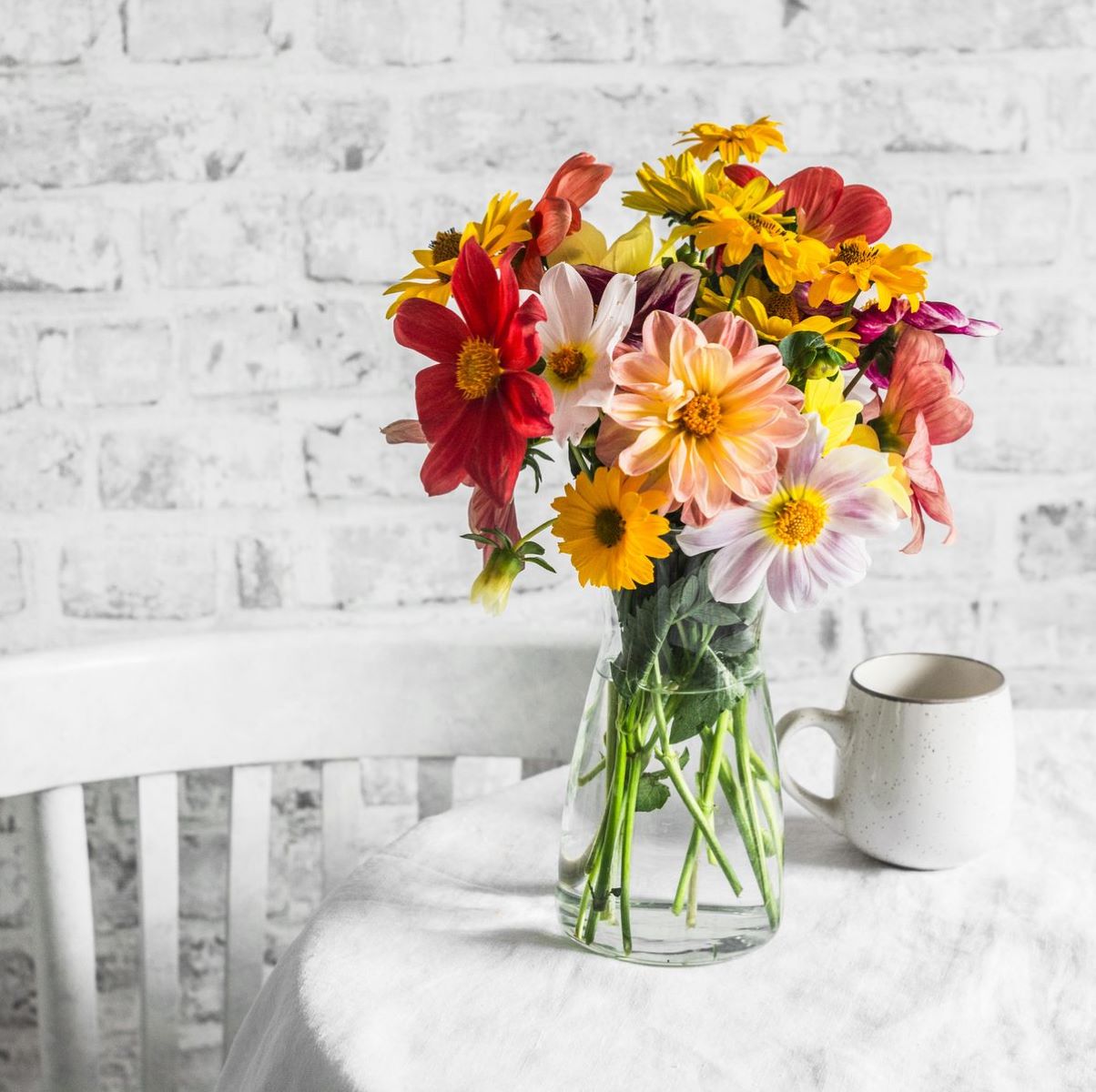

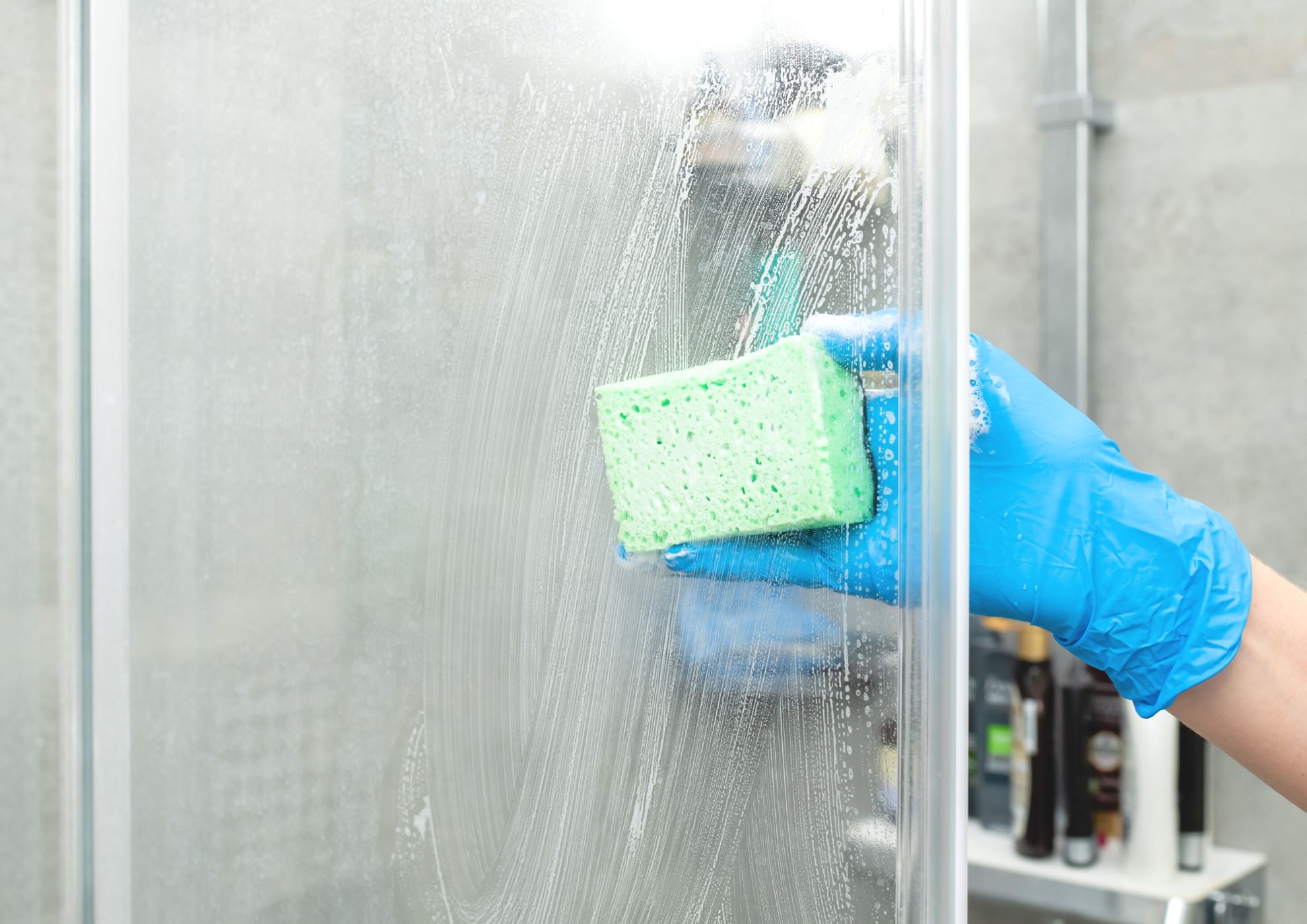
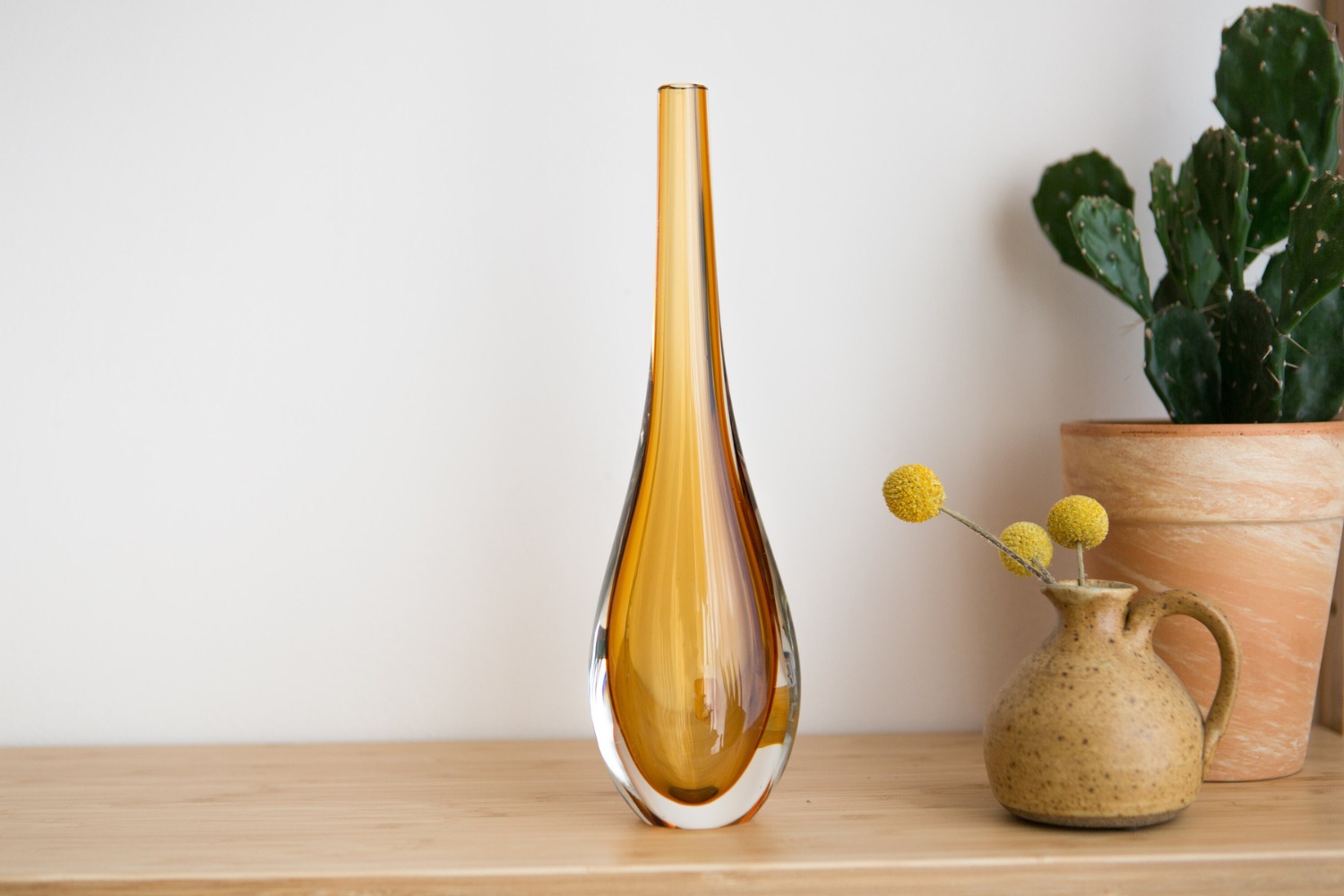
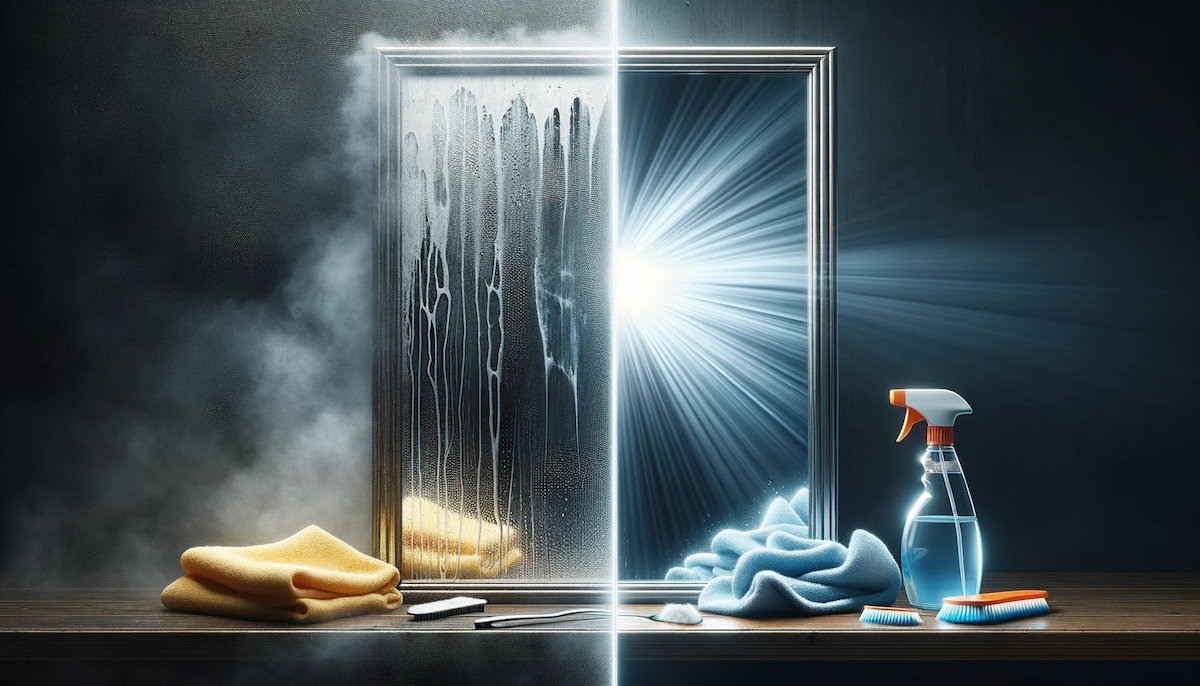
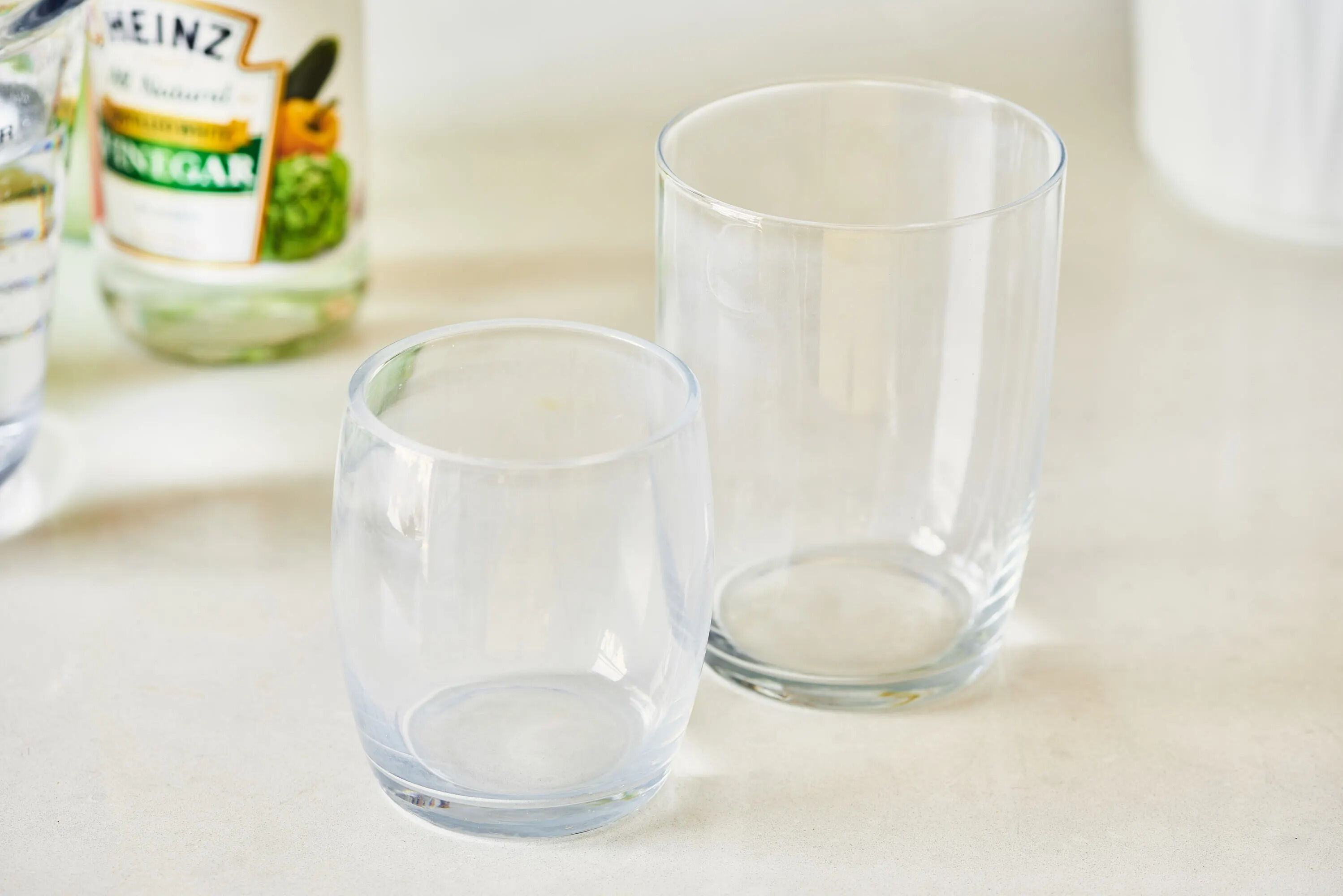
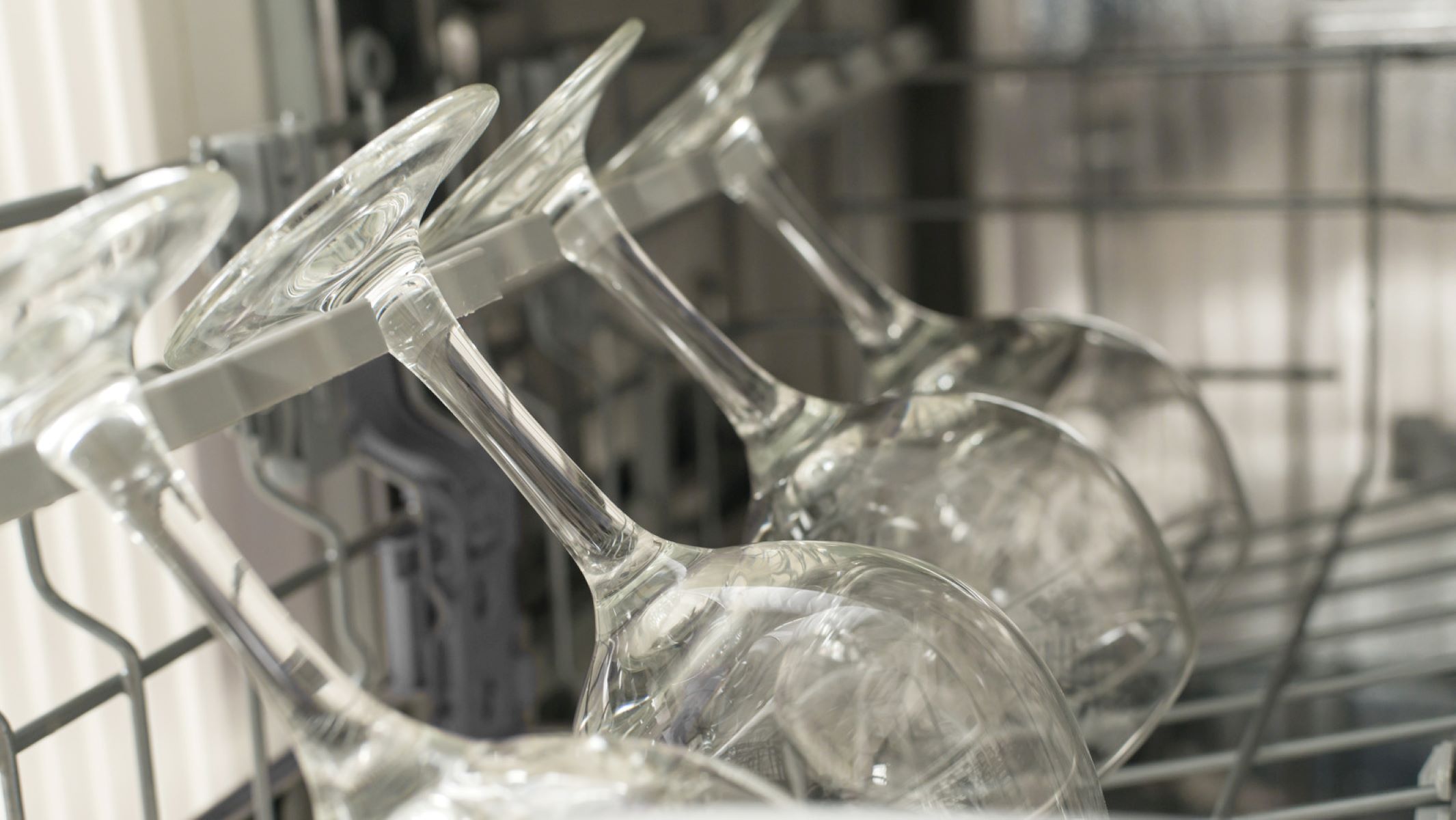
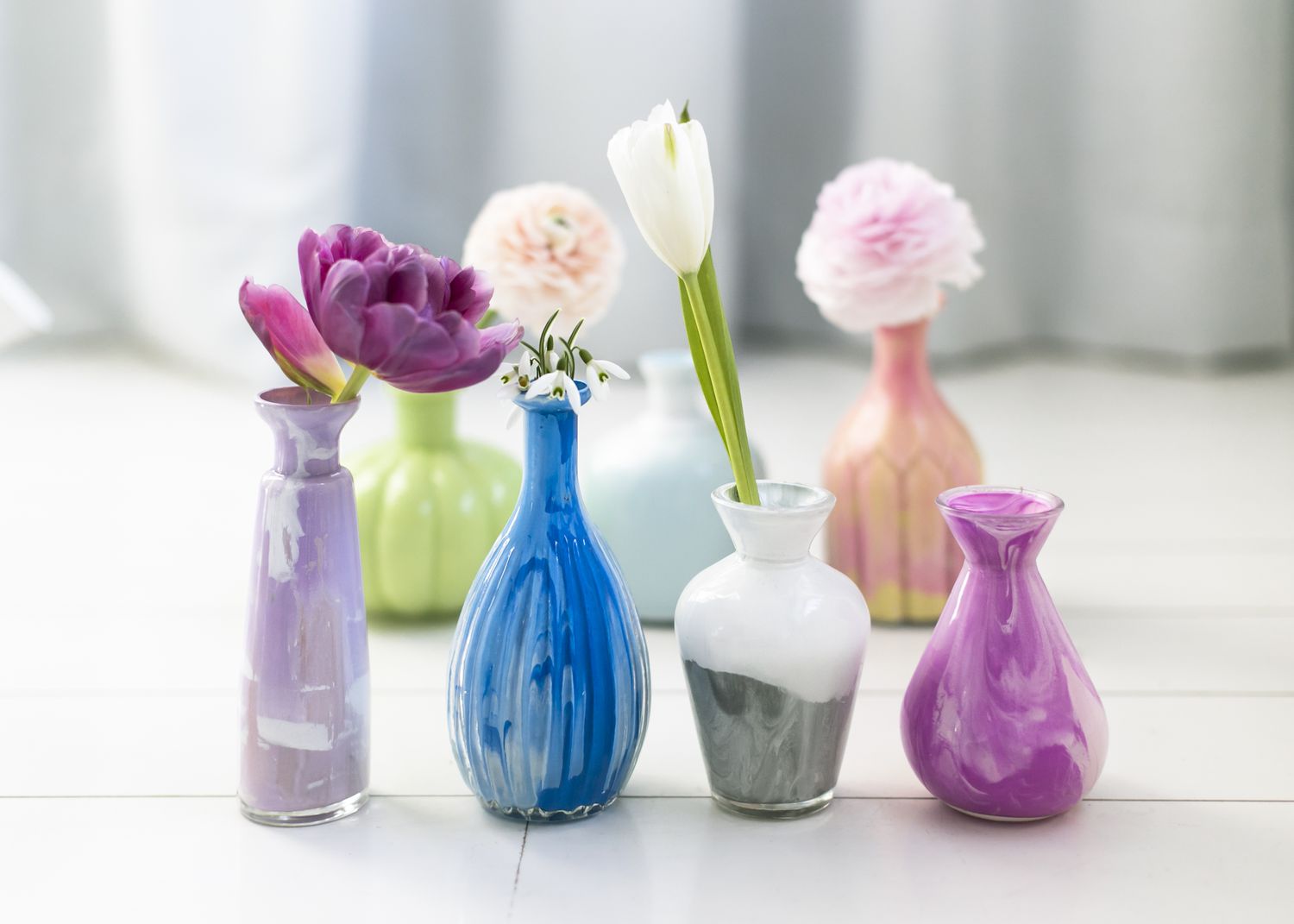


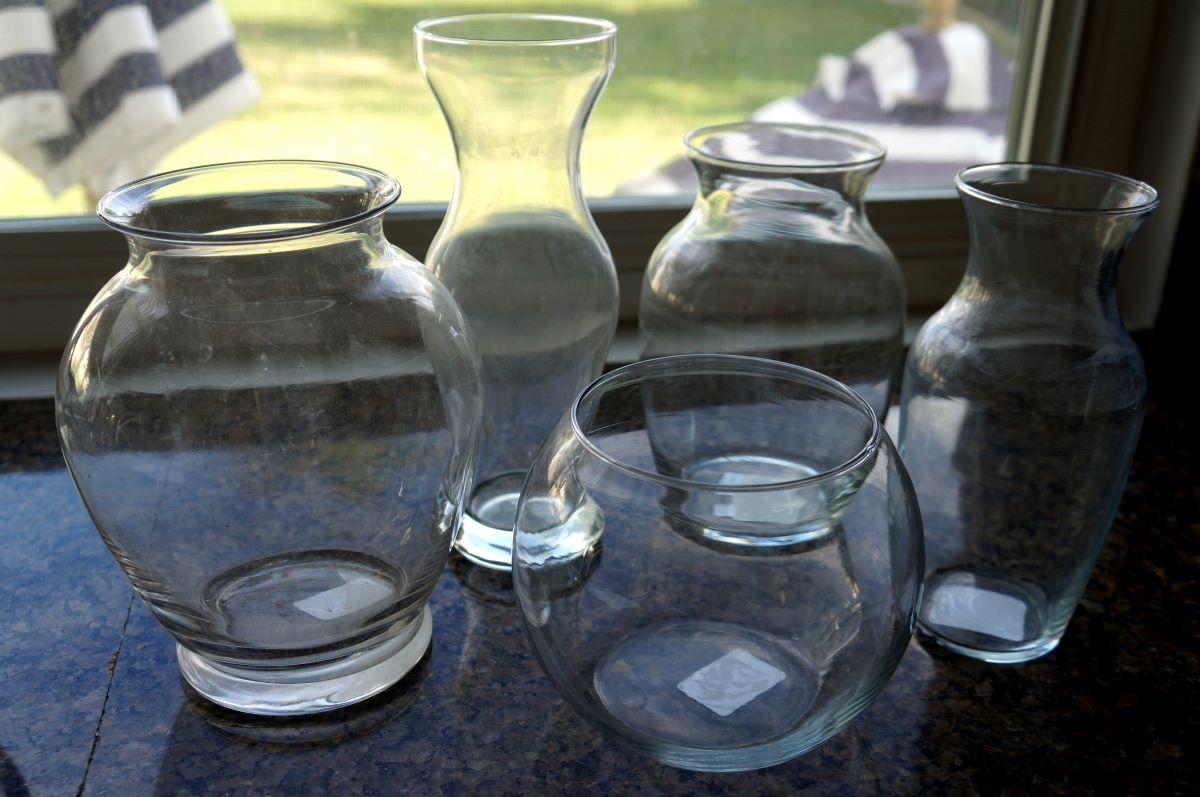
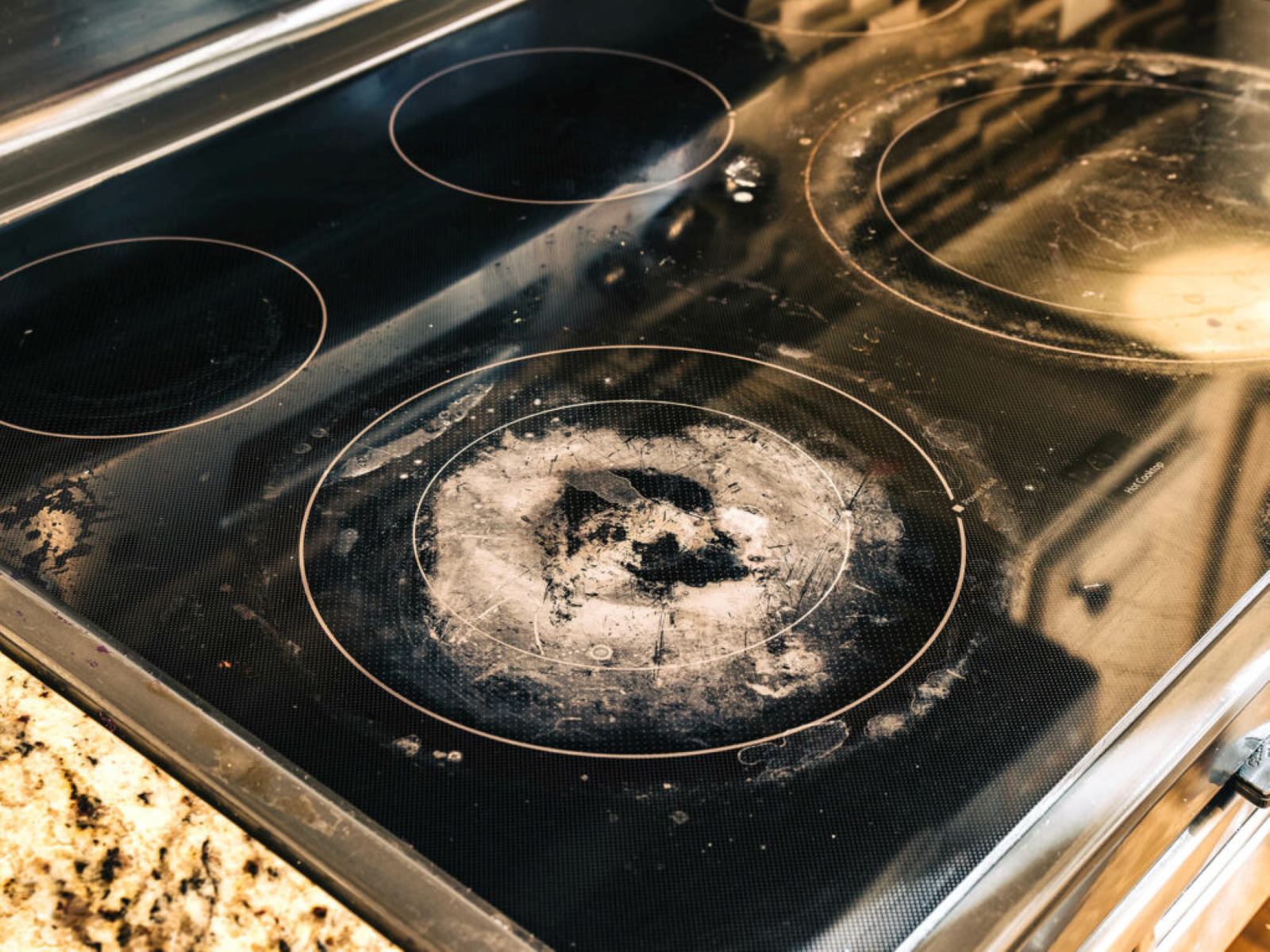
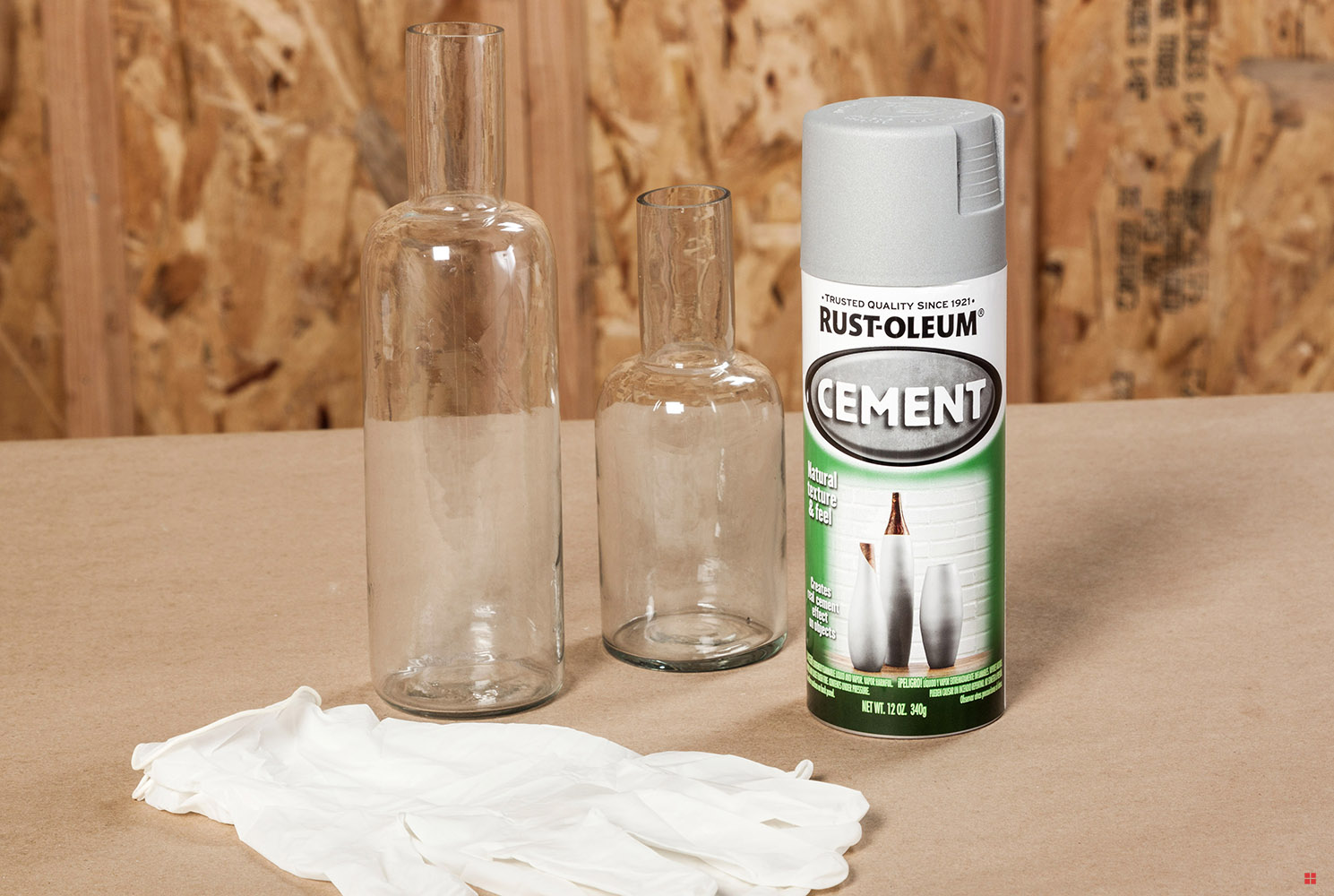

0 thoughts on “How To Clean Cloudy Glass Vases”